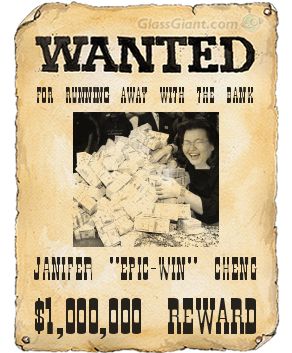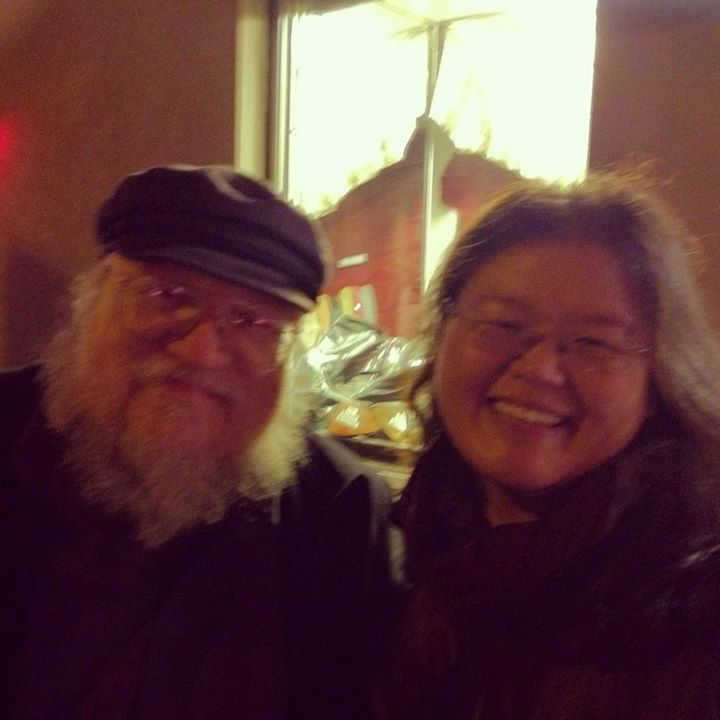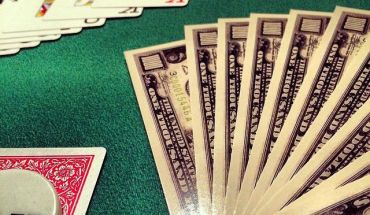Think of an old western style wanted poster, like this:
That’s the premise of a bounty tournament in a nut shell.
For all intensive purposes, we’ll talk about it in the scope of a holdem game. Bounty Holdem tournaments are basically played like your standard texas holdem games, for one exception: there’s a price on player’s heads or hands. Let me clarify.
Version 1: Bounties are placed on certain players of note. Generally it’ll be on celebrities, event chair people, or well-known, bracelet winning poker players.
Version 2: All players have a bounty on their heads. For every player you knock out, you win their bounty.
Version 3: The last version of this is for bounty hands. These need to be the winning hand at a showdown. If all your opponents fold before show, after the river, and you catch a full house, it doesn’t count. These are generally listed as straights/flushes on up and the prizes are limited based on availability.
In all the versions listed above, the winners keep their bounty prize, regardless if they get taken out of the tournament. It’s considered a separate prize altogether from the event and holds no sway on your chip count. In respect to the first two versions, if re-buying is available, depending on the rules of the tournament, decided before the start of the event: you can have players come back in with no bounty whatsoever, or players can return with a new bounty on their head. If you have a non-cash prize bounty, players returning with no bounty is ideal for versions 1. If there’s a cash prize bounty, then players returning with a bounty is ideal for version 2. To have players come back with no bounties on their heads in version 2 is not suggested, since they become less attractive targets and theoretically, these players can avoid the fray, essentially strolling into the later rounds with little competition.
If you’re running a version 2 event, and it’s a cash prize, a separate bounty buy-in is added. For example, every player’s buy-in would be $20. That goes into the prize pool. Every player adds in an additional $5 for a bounty pot. The collected $5 goes into a separate stash to be distributed as the tournament goes along or, if bounty chips/tokens are in play, the total of the bounty chips will be counted and the bounty winnings distributed once that player leaves play permanently. The total buy-in for the event would be $25 per player. If you knock out 15 players, at $5 each, you will earn $75, even if someone is successful in knocking you out, you keep the $75. It’s yours. Bounty chips/tokens are not part of your poker bank, and therefore cannot be used in betting. Traditionally bounty chips/tokens are larger than play chips and can be easily distinguished from all other bank.
I personally love bounty games. Why? Because it takes poker and stands it on it’s end. If the bounty prize is sweet enough, it makes knocking out players more profitable than standard game play and forces players to be more aggressive in their bets. Strategies that focus on scaring players out of hands change, so as to weaken opponents for greater kill numbers. Due to these changes, there are a lot more actions that happen during bounty games than any other version of holdem.
In essence, it becomes like A Game of Thrones at a poker table, but with less actual bloodshed. I think George R. R. Martin would approve.







4 comments